How to Care for a Family Member with a Cast
by Patty
What to look for and when to call the doctor or go to the emergency room
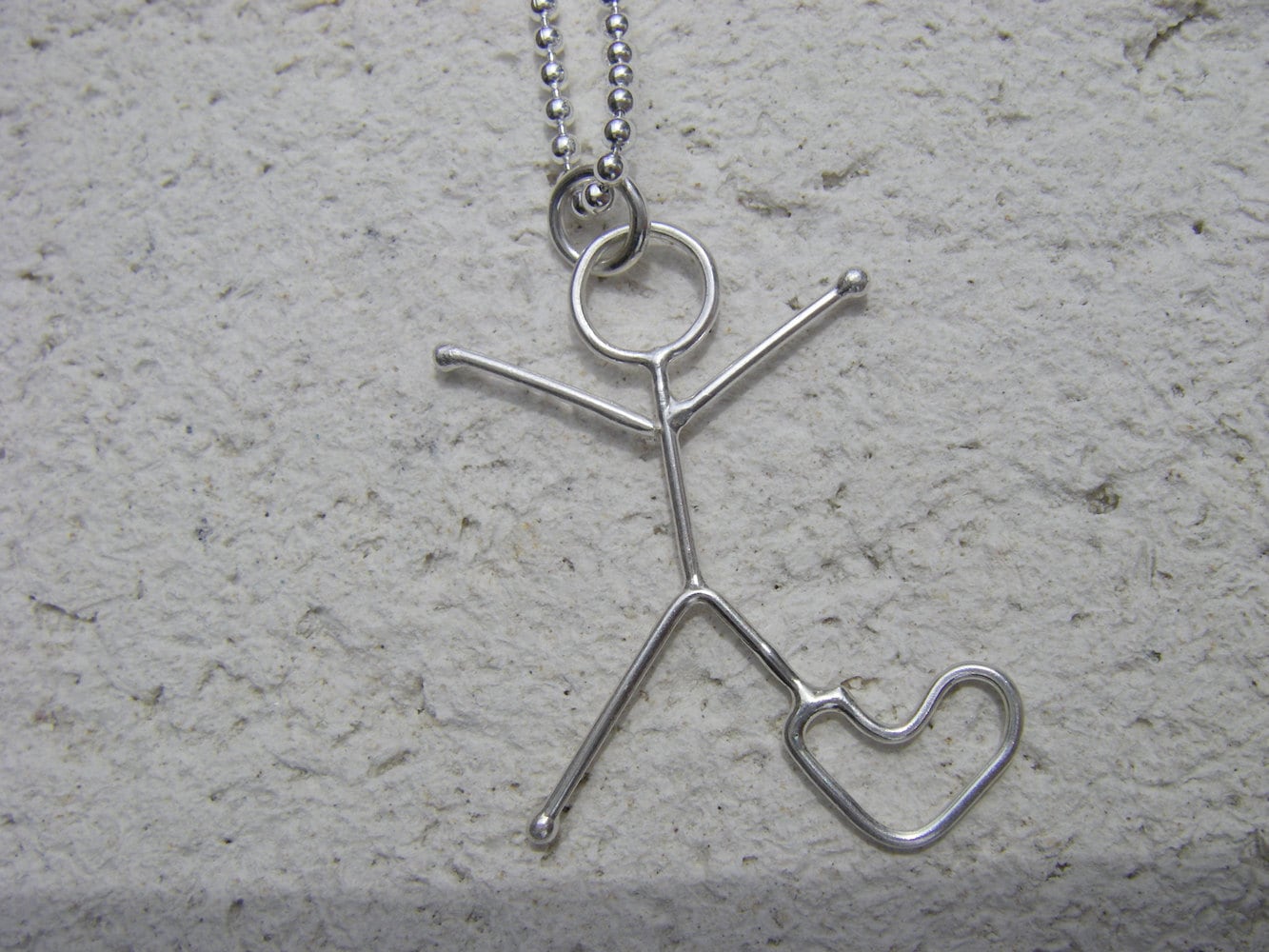 |
| The Broken Foot Necklace - Slashpile Designs |
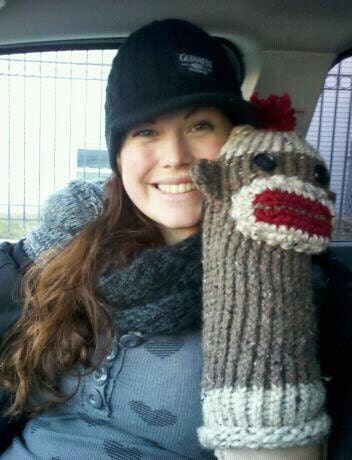 |
| Sock Monkey Cast Cover - Darkhorse Artwork |
Typically, there is swelling present when a bone is fractured. This blog does not address emergency care of a fractured bone. After cast application, it is very important to keep the limb, arm, or leg elevated to help reduce swelling and to prevent further swelling. Swelling may cause very serious complications and must be managed correctly. Keeping the extremity elevated above the level of the heart will facilitate a reduction in fluid buildup. It will not take long to find out that hanging a casted leg or arm down (dependent position), causes swelling and pain. A sling will provide needed support and elevation for the casted arm. Multiple pillows offer a way to keep the casted leg elevated.
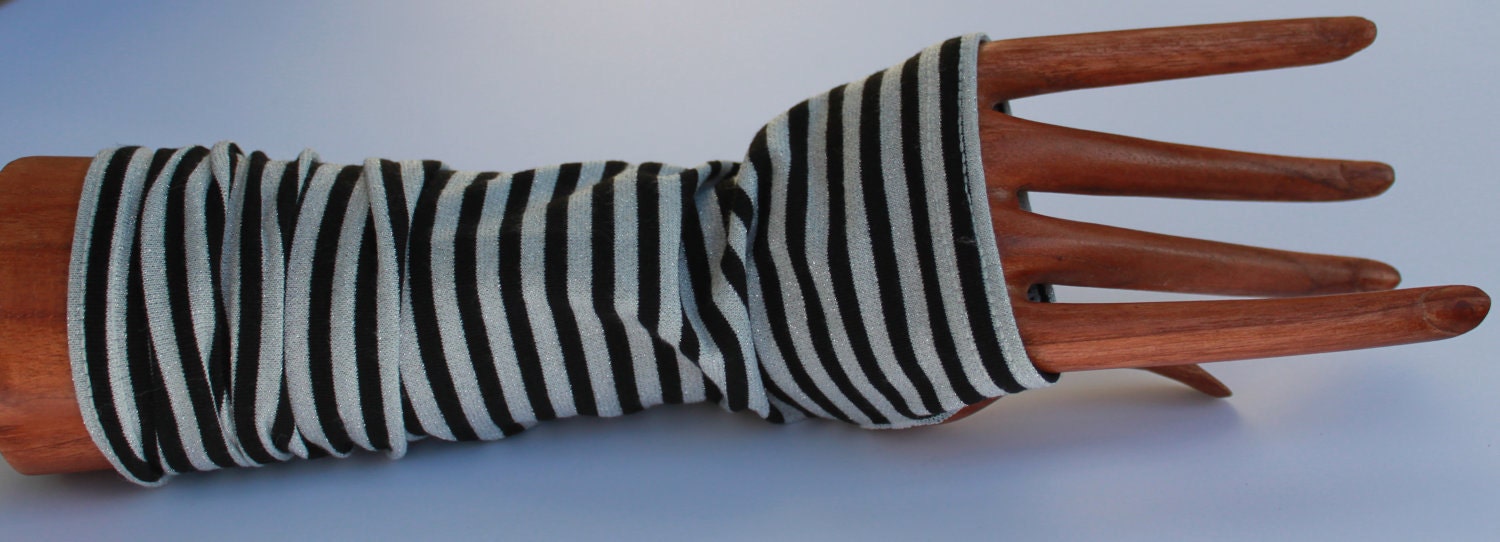 |
| Arm Cast Cover - Coveroops |
PAIN - It is expected that intense pain would be present with any fracture. Casting the area and therefore getting the bone ends in alignment can reduce discomfort as the bone has been stabilized, but pain can still be acute for a couple of days. The physician may prescribe pain medication for a short period of time. More complex fractures may cause extended pain depending on the need for surgical procedures.
PALLOR - Pallor is an absence of normal color. Fingers or toes may appear pale, lacking in color. This may be an indication of poor circulation to the area usually due to swelling.
PARESTHESIAS – This is a sensory loss such as numbness or a tingling sensation. Paresthesias can occur from compression of a nerve, from swelling, or from pressure. These symptoms should be taken seriously and a doctor should be called.
PARALYSIS – This is an inability to move the extremity. There may be nerve compression and this should not be ignored.
PULSELESSNESS - When feeling for the radial pulse (at the wrist) or the pedal pulse (on top of foot approximately 1 ½ inches above the toes), no pulse is felt. Look for a bluish/gray color to the nail beds. If you press on the nail bed and it does not blanch (lose color) and refill with a nice pink color, this would indicate lack of circulation or at least poor circulation. This needs immediate attention. Note that sometimes the pedal pulses are difficult to assess unless you are trained to palpate (feel) these. In this case, look at the nail beds for that nice pink color. If the nail beds are pink, blanching, and refilling well, the circulation is most likely fine.
 |
| Crutch Pad Covers and Hand Grip Set - Myscap |
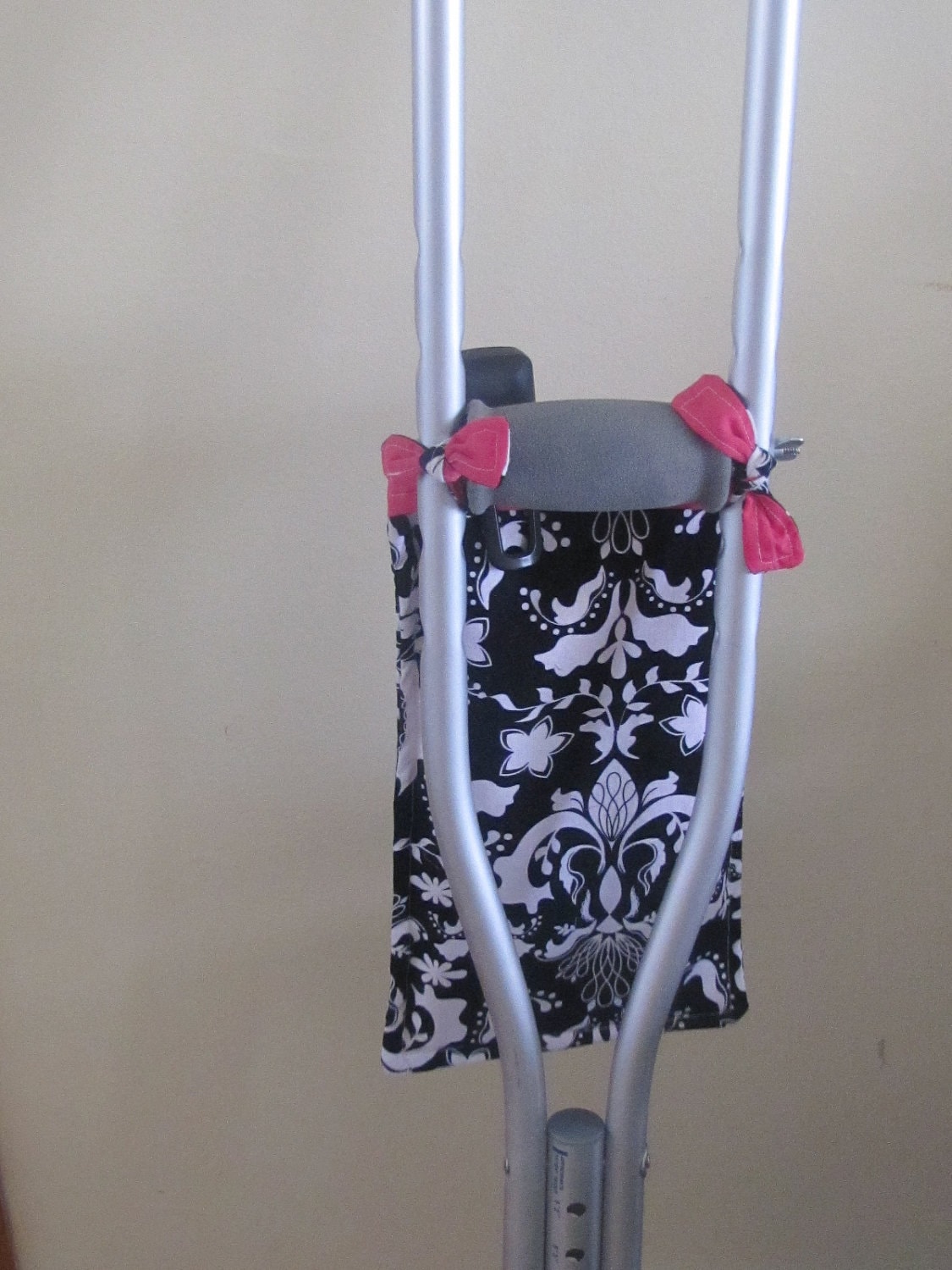 |
| Crutch Pouch Purse - Bella By Mary Heath |
If the skin remains wet or perspiration causes too much moisture, this may result mold growth or a possible infection. If having a problem with wetness, call the MD.
Keep all doctors’ appointments as your MD may notice something that you don't notice that needs attention.
Never walk on a leg cast before the doctor gives permission. If you have a leg cast, a special heel is applied to the plaster (walking cast) or a special cast boot will be provided. DO NOT WALK on the casted limb without specific permission from the doctor. If the bone is not healed adequately this could cause major complications. Crutches or a walker would be necessary when the physician orders NWB (non-weight bearing) or PWB (partial-weight bearing). Avoid full weight bearing until given permission.
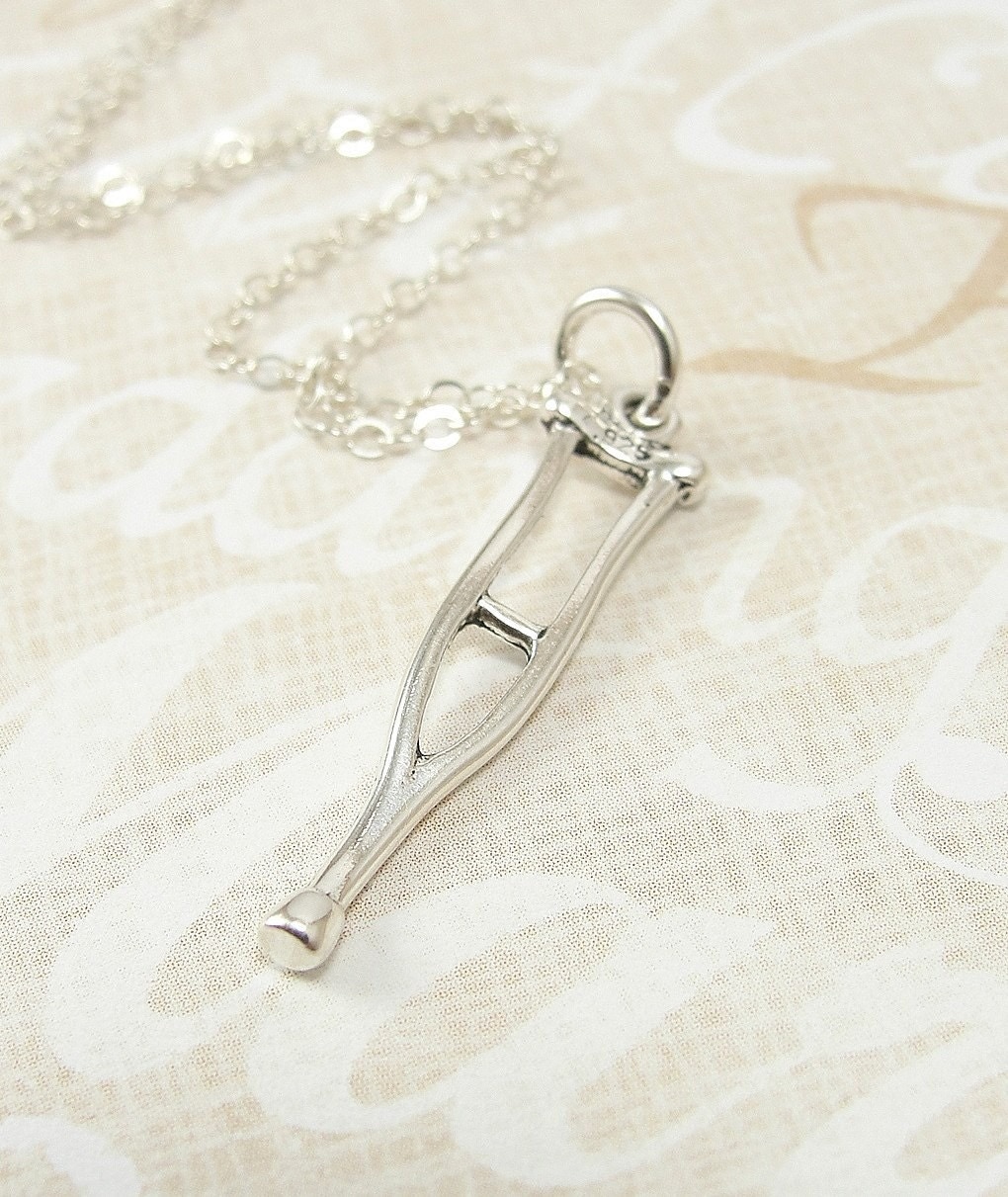 |
| Crutch Necklace - Sterling Silver Charm - Treasured Charms |
This information is not intended to replace your medical practitioners care. There are more in-depth complications that were not covered here. Always consult your physician with any concerns or questions you may have.
I hope that day never comes! You worry all the time with a toddler at home. But I never realized there were so many cute accessories for crutches and casts!
ReplyDeleteThanks for making this information available. I feel honored to have one of My-S-Caps padded crutch wraps featured on your site. It seems we both have similar goals. We both want to help others going through rough times physically. All of My-S-Caps items are the direct result of someone asking if "I could make something for......." MySCap.etsy.com has over 300+ items. If you need something that is not listed please contact me. I love coming up with new ideas.
ReplyDeleteI will definitely bookmark this site!